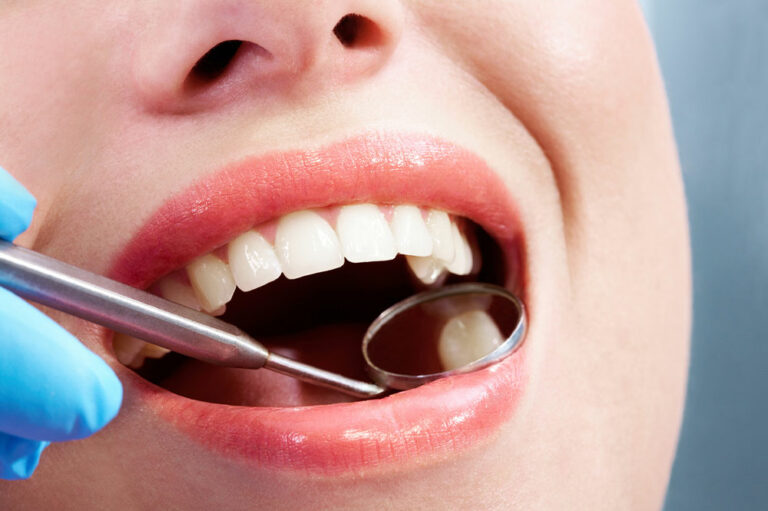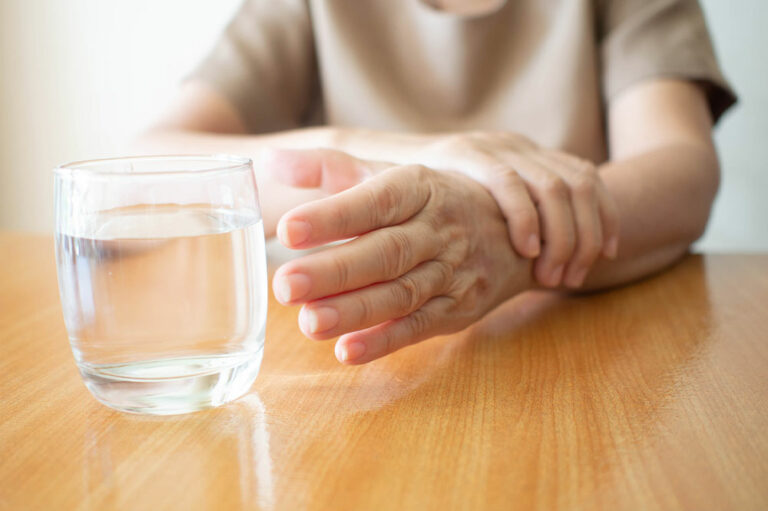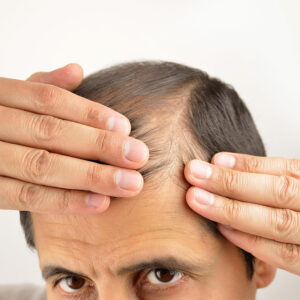
health
7 signs of high blood sugar
When one has too much glucose in the body, it is known as hyperglycemia. It generally occurs when there is too little insulin in the body or when the present insulin cannot be used effectively. This condition commonly affects people with type-1 and type-2 diabetes. However, it may also affect people who have recently had a stroke, heart attack, or severe infection. Here are some common early signs of high blood sugar one should know about: Frequent urination High blood sugar levels in the body cause the kidneys to filter out excess sugar from the blood. This increases one’s urge to urinate, particularly at night. Increased thirst (polydipsia) Increased urination causes the loss of additional water in the body, which may make one feel dehydrated and thirstier than usual. Increased hunger Often, people with diabetes cannot get enough energy from their food. This increases their urge to eat more often. Fatigue A lack of energy causes people to feel tired constantly. Headache High blood sugar levels may cause shifts in the levels of the hormones epinephrine and norepinephrine, which may trigger headaches in some people. Blurred vision Excessive sugar in the bloodstream can also damage blood vessels in the eyes, affecting one’s vision.
Read More 









